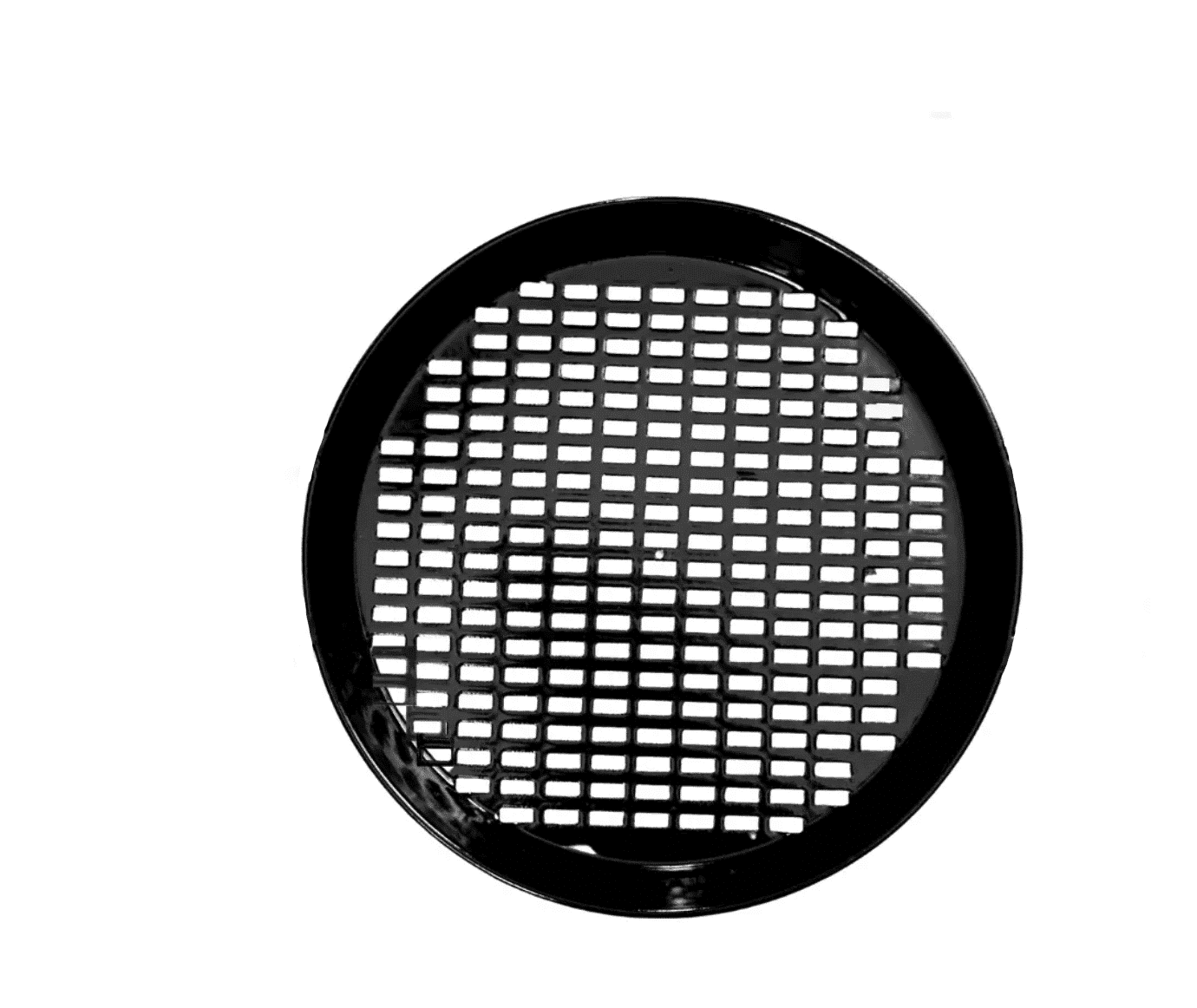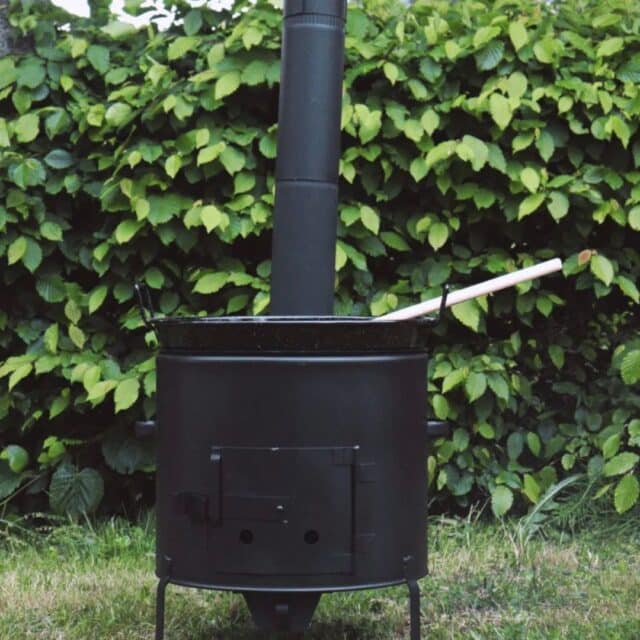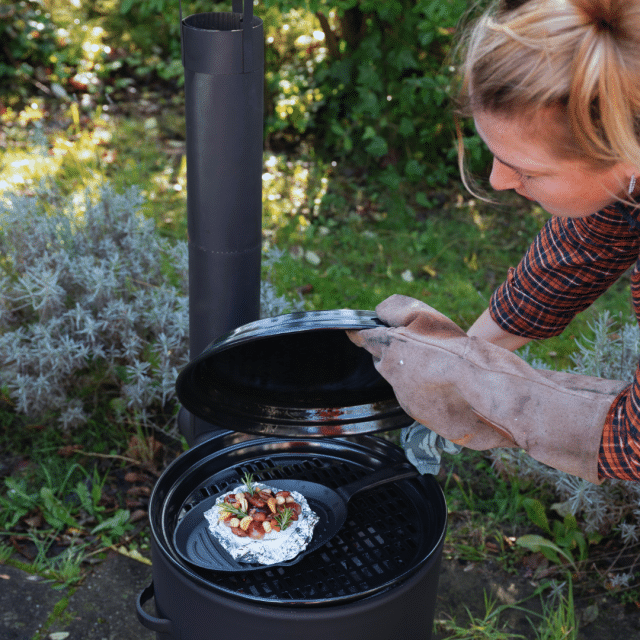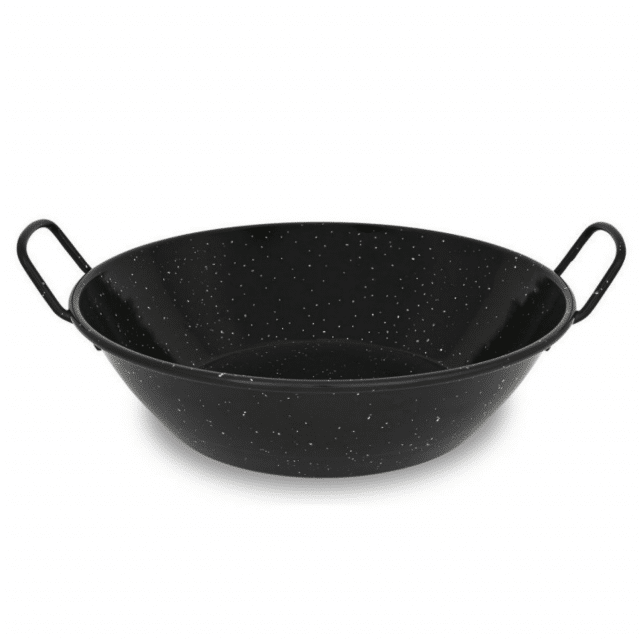1,2 x 17,5 cm (2)
1.20 m (1)
10,5 x 10,5 x 12 CM (1)
100 x 190 cm (1)
100x180 cm (1)
100X190CM (2)
11x11x31cm 1l (1)
11x3x10cm (1)
120 cm (1)
130x170cm (1)
15 x 8 x 8 CM (1)
150x200cm (4)
150x50 cm (1)
16,5 * 13 cm ovenoppervlak; 45 cm lang met handvat (1)
17,5 x 17,5 x 23,7 CM (1)
19 cm hoog, 10 cm diameter, 15 cm breed met oor (1)
20x10x1.5 cm (2)
22,5 x 8,5 x 2,5 cm (1)
225 x 6,3 x 41,3 cm (1)
230 x 46,9 x 20 cm (1)
230 x 8,9 x 42,9 cm (2)
24 x 24 x 36 cm (1)
25 x 8 x 12 cm (1)
25,5 cm binnen, 14 cm lang handvat, 3,5 cm hoog (1)
25.4 x 30.5 x 0.4cm (1)
27 cm hoog, Ø 16 cm (1)
29 x 10 x 5 cm (1)
29,5x9 cm (1)
30 x 14 x 0.7 cm (2)
30 x 14 x 1.2 cm (1)
30 x 7,5 x 0,64 cm. (1)
30x14x07 cm (1)
30x9x0.7 cm (1)
30x9x0.7cm (1)
33 x 33 x 2 cm (LxBxH) (1)
40 x 27 x 3 CM (1)
505 x 305 x 12 mm (1)
60 x 70 (1)
60 x 80cm (1)
60x60x4 (1)
659 x 305 x 30 mm (1)
9" (1)
Drie stuks Regular Rookplankje Cederhout Afmeting: 30x14x0.7 cm. Drie stuks Tapas Rookplankje XL Afmeting: 30x9x07 cm. Drie stuks Tapas Rookplankjes Small Afmeting: 20x10x1.5 cm. (1)
L 1,9 x B 18,8 x H 41 (1)
L 10 x B 12,9 x H 8,7 cm (2)
L 16,2 x D 16,2 x H 26,7 (1)
L 22,5 x D 45,9 x H 8,2 cm (1)
L 4,3 x D 1,6 x H 21,2 (1)
L 51 x D 50,2 x H 45,5 (1)
L 65 x B 65 cm. (1)
L 65 x D 2,5 x H 87,5 (1)
L 9 x B 8,5 x H 41,5 (1)
Lengte: 280 mm Breedte: 280 mm Hoogte: 220 mm (1)
Rasp 10 x 2,5 x 1 cm standaard 4,3 x 1,9 cm Java pepers 2 tot 4 cm (1)
Uitschuifbaar tot 1 meter 70 (1)
Ø 4 x 55cm (1)
ø21 cm (1)
Ø39 cm (1)
1,8 cm doorsnee; ~ 8 cm hoog (1)
12" (1)
154X75X104 CM (1)
18,5 cm lang inclusief handvat, 8,3 cm breed (2)
1900X830X770 mm (1)
20,1 cm hoog zonder dekselknop; Met lipje van 19 cm breed, diameter bovenaan: 12 cm, diameter onderaan: 10 cm (1)
2130X1060X780 mm (1)
2260X990X790 mm (1)
24 x 11,5 x 11,5 cm (1)
36 cm hoog, 46 cm lang, 30 cm breed, onderste grill 44*15 cm, bovenste grill 44*29 cm (1)
50 cm (1)
50,5 x 27 x 27 cm (1)
52 cm x 30 cm x 18 cm (2)
56,5 cm lang inclusief handvat, 11,6 cm breed, bakdeel 32,5x10x5 cm (1)
6,7 cm x 6,7 cm (1)
64x41x31 cm (1)
7,7 cm x 6,6 cm (1)
76 cm (2)
880X880X1000 (1)
BxH 9,5 x 8.5 cm (1)
diameter: 39 cm; hoogte met poten: 28 cm, hoogte met hanger: 36 cm; diepte: 2,4 cm (1)
H 20 x B 27 x D 29 cm (1)
L 15,2 x D 5,2 x H 2,6 (1)
L 19,5 x 8,5 B x 0,5 cm dik (1)
L 37,1 x D 31,5 x H 21 (1)
L 58,7 x D 58,7 x H 30,5 (1)
L 83 x B 72 cm (1)
Voethoogte 100 cm, in hoogte verstelbaar tot 180 cm (1)
W133 D75 H98 (2)
W138 D75 H99 CM (1)
Ø26x12,5 cm & Ø26x8,5 cm (1)





















